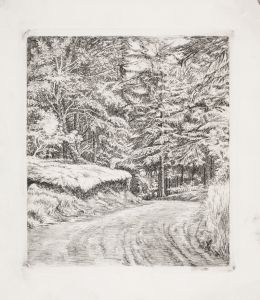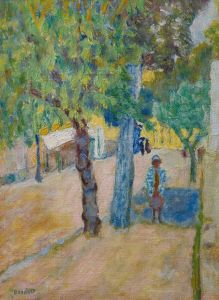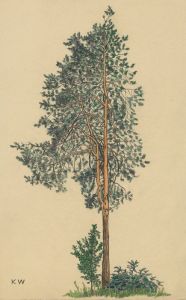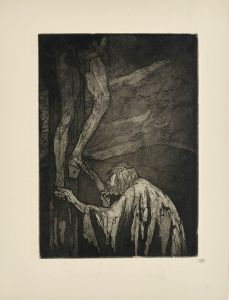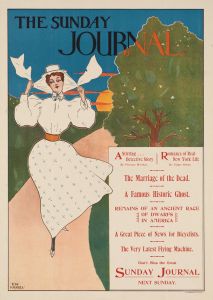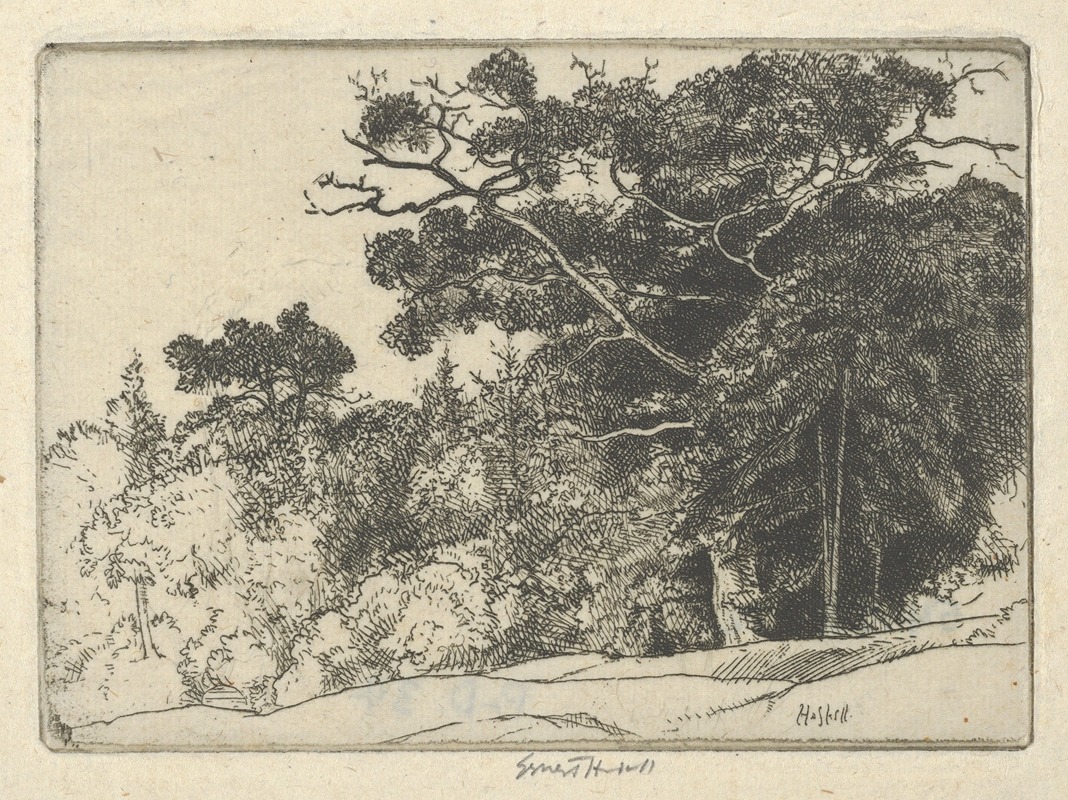
Brown’s Oak
A hand-painted replica of Ernest Haskell’s masterpiece Brown’s Oak, meticulously crafted by professional artists to capture the true essence of the original. Each piece is created with museum-quality canvas and rare mineral pigments, carefully painted by experienced artists with delicate brushstrokes and rich, layered colors to perfectly recreate the texture of the original artwork. Unlike machine-printed reproductions, this hand-painted version brings the painting to life, infused with the artist’s emotions and skill in every stroke. Whether for personal collection or home decoration, it instantly elevates the artistic atmosphere of any space.
Ernest Haskell was an American artist known for his contributions to illustration, printmaking, and painting during the late 19th and early 20th centuries. Among his works, "Brown’s Oak" stands out as a notable piece, though detailed information about this specific artwork is limited.
Ernest Haskell was born in 1876 in Connecticut and developed a keen interest in art from a young age. He moved to New York City to pursue his artistic career and later studied in Paris, where he was influenced by the Art Nouveau movement. Haskell was renowned for his versatility, working across various mediums including etching, lithography, and painting. His works often depicted landscapes, portraits, and posters, showcasing his ability to capture intricate details and atmospheric effects.
"Brown’s Oak" is one of Haskell's landscape pieces, reflecting his deep appreciation for nature and his skill in rendering it with precision and sensitivity. While specific details about the creation date or the exact location depicted in "Brown’s Oak" are not widely documented, it is consistent with Haskell's broader body of work that often featured natural scenes from the American Northeast, particularly Maine, where he spent a significant amount of time.
Haskell's landscapes are characterized by their meticulous attention to detail and their ability to convey the mood and essence of the natural environment. In "Brown’s Oak," Haskell likely employed his adept use of line and shading to bring out the textures and forms of the tree, capturing the play of light and shadow that gives the piece its depth and realism. His technique often involved a combination of etching and drypoint, allowing him to achieve a high level of detail and tonal variation.
Throughout his career, Haskell was celebrated for his technical skill and artistic innovation. He was a member of the New York Etching Club and exhibited his works in various prestigious venues, gaining recognition for his contributions to American art. His landscapes, including "Brown’s Oak," are appreciated for their ability to evoke a sense of place and time, offering viewers a glimpse into the serene and majestic aspects of the natural world.
Despite the limited specific information available about "Brown’s Oak," it remains an example of Haskell's dedication to capturing the beauty of nature through his art. His works continue to be studied and admired for their artistic merit and their role in the development of American landscape art during a period of significant change and growth in the art world.
In summary, while detailed records about "Brown’s Oak" are scarce, it is emblematic of Ernest Haskell's broader artistic achievements and his enduring legacy as a master of landscape art.







